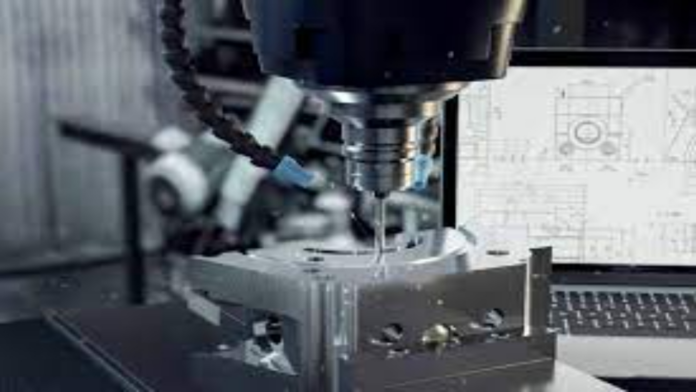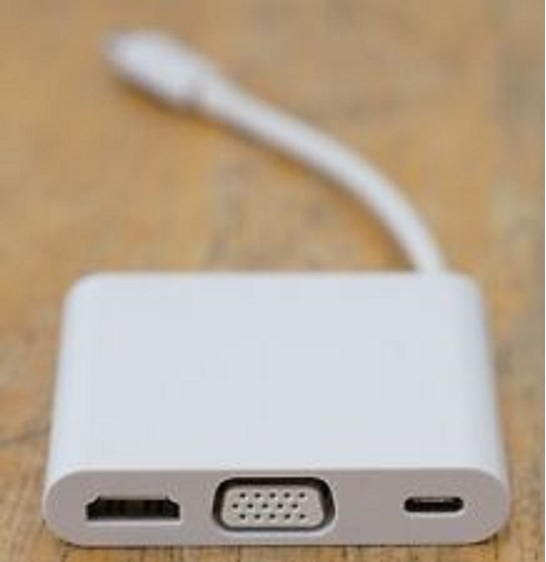In today’s fast-paced world, the demand for precision manufacturing is on the rise. With the need for accurate, consistent, and efficient production, manufacturers worldwide are turning to prototype technology to streamline their processes and stay ahead of the competition.
Prototype technology offers a game-changing solution for precision manufacturing, empowering businesses to create high-quality parts and material prototypes quickly and accurately.
In this blog post, we’ll delve into the benefits of prototype technology and why it’s a crucial tool for manufacturers in the current market.
Improved Efficiency
One of the main advantages of prototype technology is its ability to improve the efficiency of the manufacturing process. By creating 3D models of designs and testing them before production, it reduces the need for manual adjustments and trial-and-error optimization, saving time and resources in the long run. Additionally, prototyping allows manufacturers to identify potential flaws or issues early on in the production process, reducing the likelihood of costly mistakes.
Clarity and Validation
Prototyping allows individuals to gain a clearer understanding of their ideas before fully developing them. By visualizing and testing concepts in a tangible form, designers and innovators can validate their ideas, gather feedback, and make necessary improvements before investing significant time and resources.
Minimizing Risk
Prototypes help mitigate risks associated with product development or design projects. By identifying flaws, usability issues, or potential challenges early on, prototypes enable teams to make informed decisions and refine their concepts, reducing the risk of costly mistakes or unsuccessful launches.
User-Centric Design
Prototypes allow designers to test the user experience and gather valuable user feedback. This iterative approach ensures that the final product meets the needs and expectations of its intended users, enhancing usability and satisfaction.
Investor and Market Appeal
Prototyping can be a persuasive tool when seeking investment or presenting a product to the market. A well-executed prototype demonstrates the viability and potential of an idea, making it more attractive to investors, customers, and stakeholders.
Enhanced Precision
Another significant benefit of prototype technology is its ability to produce high-quality parts and material prototypes with precision and accuracy. With advanced software and state-of-the-art machinery, prototype technology can create exact replicas of parts, ensuring consistency and quality throughout the manufacturing process. This consistency is especially crucial in industries that require strict guidelines such as automotive and medical manufacturing.
Cost-effective Solution
Not only does prototype manufacturing offer better efficiency and precision, but it can also be a cost-effective solution for manufacturers. By creating prototypes before investing in full-scale production, manufacturers can evaluate their designs, make improvements, and avoid costly mistakes. Additionally, prototyping can identify potential production issues before actual production begins, saving manufacturers the cost of recalls and reworking. All in all, prototype technology pays for itself by reducing the risk of defective products and production problems.
Increased Innovation
Finally, DDPROTOTYPE technology empowers manufacturers to push the boundaries in design and innovation. With the ability to test and refine designs in a controlled environment, manufacturers can explore new ideas and approaches that are not feasible in traditional manufacturing methods. This innovation can lead to new products and technologies that can revolutionize the industry.
Conclusion
In conclusion, prototype technology offers an array of benefits to manufacturers, from improved efficiency to enhanced precision, cost-effective solutions, and increased innovation. As the manufacturing industry continues to evolve, it’s essential for businesses to stay ahead of the competition by leveraging new technologies to streamline their processes and enhance the quality of their products. By investing in prototype technology, manufacturers can stay competitive and thrive even in the most challenging of markets.







